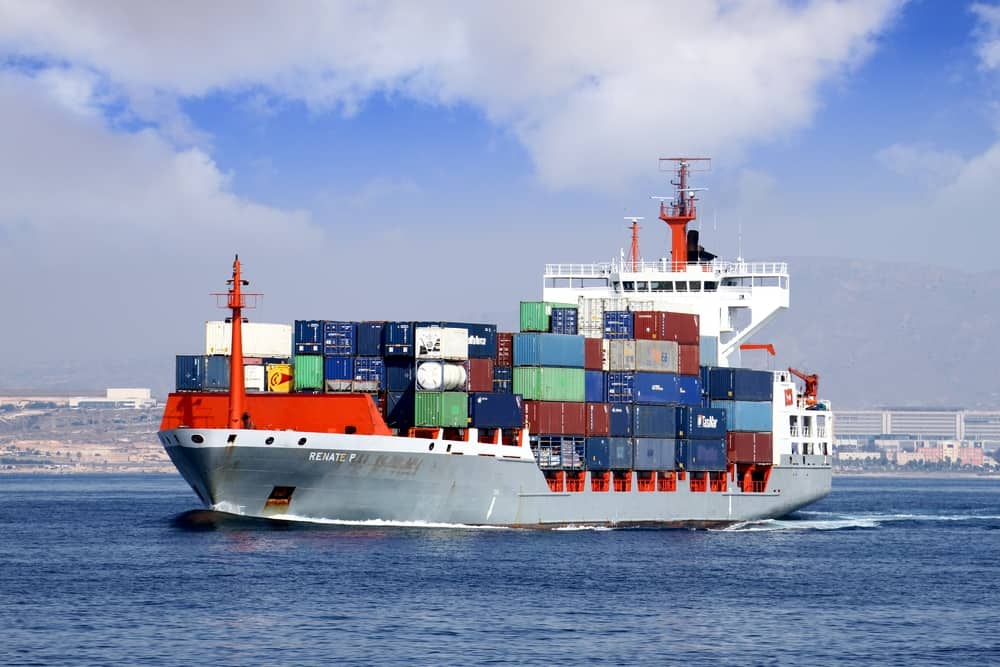COVID-19 has not only cost human lives and health, it has also damaged the world economy – with most countries expected to enter recessions this year. One of the sectors that was negatively affected is the shipping and logistics industry. The good news is that the number of ships loading and unloading containers rebounded in many parts of the globe according to the United Nations Conference on Trade and Development (UNCTAD). However, given that the virus is evolving, it is vital that the industry come up with strategies to cope with the impact of new lockdowns, changing demands, and economic slowdown.
1. Restructure Costs and Improve Competitiveness
Without a doubt, all businesses need to find ways to weather the effects of the pandemic and even thrive despite adversities. One of the most logical moves of a shipping and logistics company is to look at its costs and see where things can be improved. For example, a large amount of money is spent by companies on fuel, maintenance services, and parts, operating costs that are estimated to rise this year. While these expenses are expected to fall because of subdued demand, businesses must stay ahead of events and reassess spending including supply risks and labor costs. Other means to rationalize costs include the writing off or sale of assets that are more expensive to keep and diversifying business markets.
2. Identify Pockets of Growth
According to the McKinsey Report, the road ahead for the U.S. freight and logistics sector is bumpy. However, a company that mixes the commodities it moves will be stronger. In addition, if it identifies commodities, markets, and industries which recover faster and shift their resources to those areas, the company is expected to accelerate their recovery by almost two years.
Another strategy to increase revenues is to find commodities and products that are least affected by the pandemic. Some examples of these types of products include pharmaceuticals and chemicals. In the European Union (EU), the largest decreases for trade were observed for machinery and vehicles and other manufactured goods. Hence, if you’re moving these products, you are likely going to experience volume losses. Therefore, the key is to strengthen your commodity mix so that you’re going to attain full load capacities.
3. Invest in Digital Capabilities
Last but not least, it is also important to digitalize shipping companies. New digital capabilities can have a significant impact on your bottom lines. Think of real-time data that will improve communications and relationships with customers and partners. It also assists in transforming the services offered by identifying bottlenecks and improving delivery and service. Enabling technologies that can boost the value chain include using sensors, the Internet of Things, and robotics. Maritime telematics also gather, assemble, and store data using telecom devices that can be used to streamline operations.
The virus is not going to disappear overnight. To ensure that a shipping and logistics business can cope with the effects of COVID-19, it is imperative to devise strategies that can cushion the blow of reduced demand for shipping. By restructuring costs, finding pockets of growth, and investing in digitization, it is possible to recover and even grow during these hard times.




